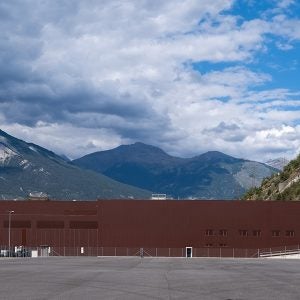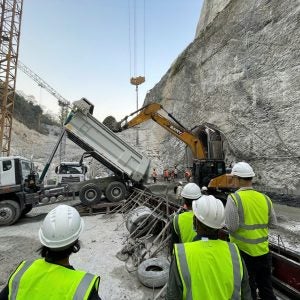DSCL said the hydro project would have an installed capacity of 108MW and it will have a 40 year concession on the scheme, which is in the Chenab river basin. The project is understood to be the Chhatru scheme.
In the state’s most recent five-year plan, the Chhatru project was envisaged as having up to 140MW installed capacity. It is one of many hydro projects envisaged for development in the Chenab basin.
The contract value for the scheme is just over US$170M.
Separately, Himachal Pradesh has given consultants until 21 August to submit expressions of interest to investigate hydro power potential in the state. A World Bank grant has been issued to help fund the development capacity study, and the six month assignment is scheduled to commence in October.
To date, Himachal Pradesh has followed a mixed model of procurement of hydro projects, ranging from state and national companies to JVs and private sector involvement, and these categories often work in combinations.
In particular, the study aims to strengthen the planning and management of hydro in the state, thereby maximising revenues while reducing equity needs and risk exposure. Himachal Pradesh estimate that prudent development of its hydro potential could deliver 3% of the state’s GDP by 2015, which it said would be a strategic non-tax source of revenue that would help to restore its fiscal health and provide resources for infrastructure investment.
Under the state’s new power policy, its previous entitlement to 12% of a plant’s output as a free royalty will continue but for 12 years, stepping up to 18% for the following 18 years and then 30% until the end of a concession, in the 40th year. Thereafter, the assets will transfer to the state at no cost and without encumbrances.






